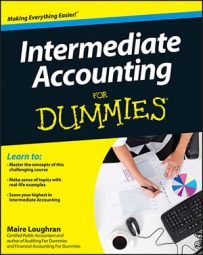Simply put, the statement of cash flows gives the user information about the cash receipts and cash payments of the business during the accounting period. Whereas cash sources come from many different origins, such as customer payments, loans, and sales of assets and equity, the ways a company uses cash most likely directly trace back to costs. For example, buying equipment, paying invoices, and payroll.
Don’t confuse costs with expenses. In the world of accrual accounting, they’re not the same. For example, if a company buys a fixed asset with cash, the price it pays or promises to pay for the fixed asset is a cost. Over the useful life of the asset, the company depreciates it.
Depreciation is the process of reclassifying the cost of buying the asset as an expense of doing business. In this process, the resource the company uses to purchase the fixed asset moves from the balance sheet (cost) to the income statement (expense).
Knowing how a company manages its cash is useful to the external users of the financial statement, who aren’t privy to the day-to-day operations of the business. In other words, the company may be reporting net income period after period, but it doesn’t necessarily mean the company is rolling in cash.
And if a company has cash flow problems, there’s a good possibility that the business won’t be able to give the external users what they want: a return on their investment.
Besides potential investors, potential lenders are highly interested in whether the company has cash management under control. Lenders want to make sure the company can pay back both the principal portion of any loan plus any interest the lender charges for use of the money.
As with the income statement, the statement of cash flows is for a certain period, such as the 12-month period ending December 31, 2013.
When you start your required tax classes, keep in mind that a statement of cash flows isn’t required when using the tax basis of accounting.

